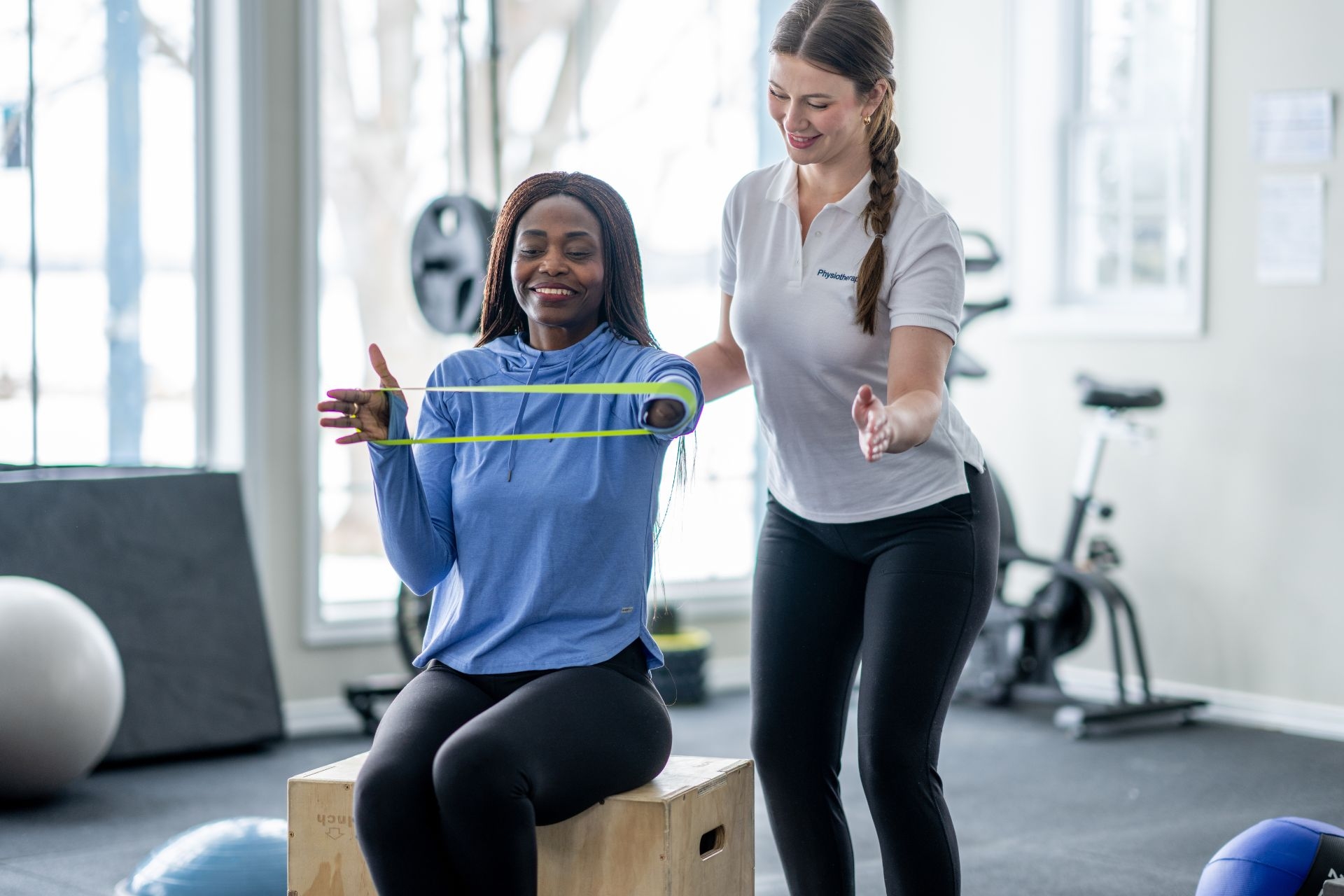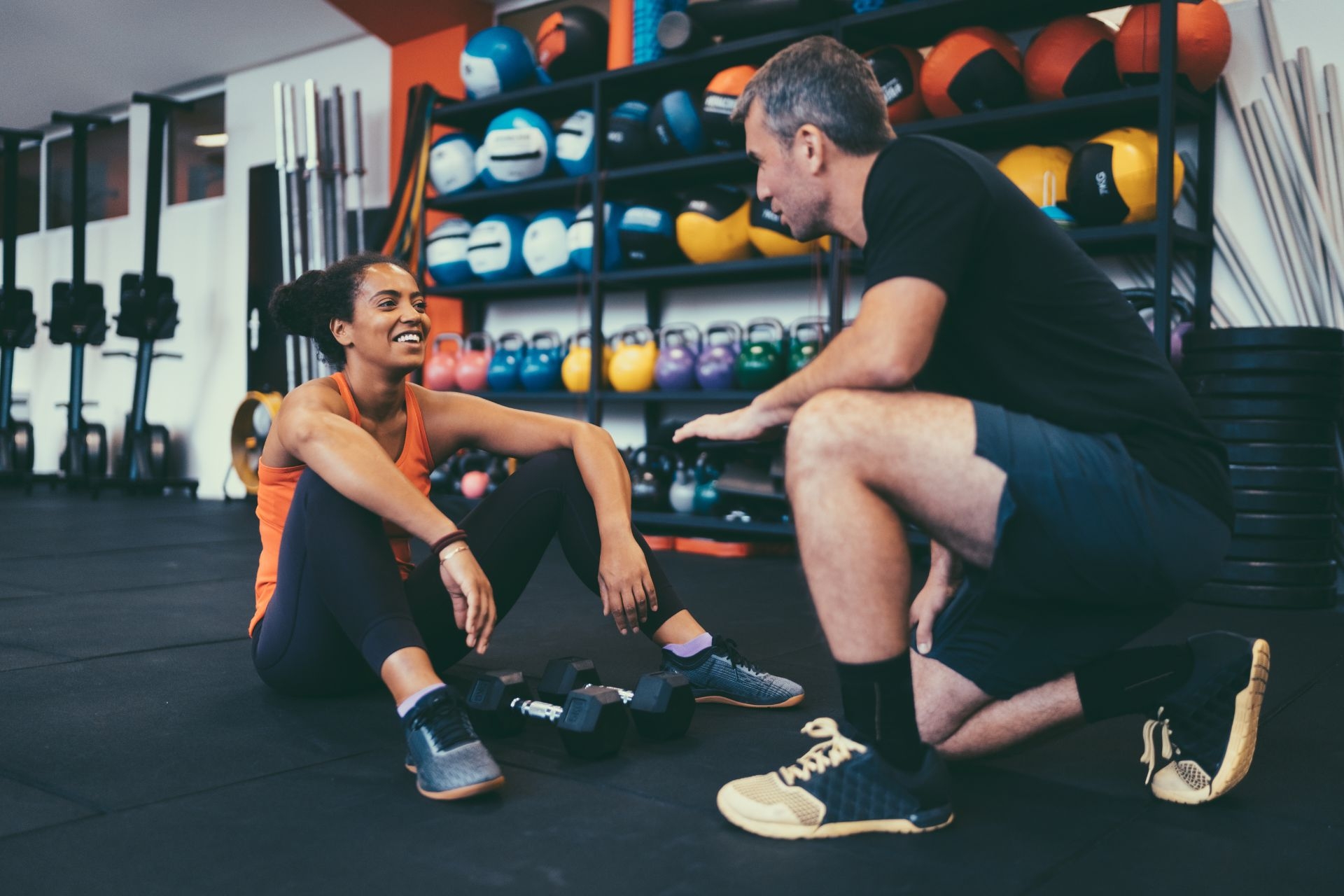Pre-Exhaustion Techniques
How can pre-exhaustion techniques be used to target specific muscle groups during a workout?
Pre-exhaustion techniques can be utilized in a workout to specifically target a particular muscle group by fatiguing the targeted muscle with an isolation exercise before moving on to compound exercises. This approach ensures that the targeted muscle group is the primary mover during the subsequent compound exercises, leading to greater muscle activation and recruitment. By pre-fatiguing the muscle, individuals can effectively isolate and engage the specific muscle group they want to focus on during their workout.



